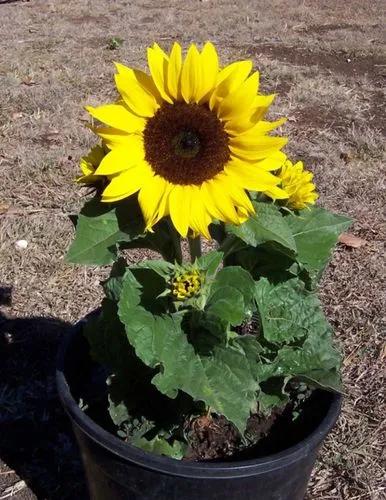Couroupita guianensis, known by a variety of common names including cannonball tree, is a deciduous tree in the flowering plant family Lecythidaceae. It is native to the tropical forests of Central and South America, and it is cultivated in many other tropical areas throughout the world because of its beautiful, fragrant flowers and large, interesting fruits. Fruits are brownish grey. There are medicinal uses for many parts of Couroupita guianensis, and the tree has cultural and religious significance in India.
Cannonball Tree Care
Couroupita Guianensis



Couroupita guianensis is a tree that reaches heights of up to 35 metres (110 ft). The leaves, which occur in clusters at the ends of branches, are usually 8 to 31 centimeters (3 to 12 inches) long, but can reach lengths of up to 57 centimeters (22 inches).[6] The flowers are born in racemes up to 80 centimeters (31 inches) long. Some trees flower profusely until the entire trunk is covered with racemes. One tree can hold as many as 1000 flowers per day. The flowers are strongly scented, and are especially fragrant at night and in the early morning. They are up to 6 centimeters (2.5 inches) in diameter, with six petals, and are typically brightly colored, with the petals ranging from shades of pink and red near the bases to yellowish toward the tips. There are two areas of stamens: a ring of stamens at the center, and an arrangement of stamens that have been modified into a hood. The fruits are spherical with a woody shell and reach diameters of up to 25 centimeters (10 inches), which give the species the common name "cannonball tree". Smaller fruits may contain about 65 seeds, while large ones can hold as many as 550.One tree can bear 150 fruits. The fruits take up to a year to mature in most areas, sometimes as long as 18 months. The fruit flesh is white and turns blue upon oxidation, a reaction with air.Although the flowers lack nectar, they are very attractive to bees, which come for the pollen. The flowers produce two types of pollen: fertile pollen from the ring stamens, and sterile pollen from the hood structure. The pollinators must work their way between the two areas of stamens as they gather the pollen. The carpenter bee Xylocopa brasilianorum is a common pollinator of cultivated trees in Rio de Janeiro, just outside the tree's native range. Other carpenter bees such as Xylocopa frontalis, as well as wasps, flower flies, and bumblebees, are also known to visit the flowers.
How to Care for the Plant

Popularity

195 people already have this plant 59 people have added this plant to their wishlists
Discover more plants with the list below
Popular articles






